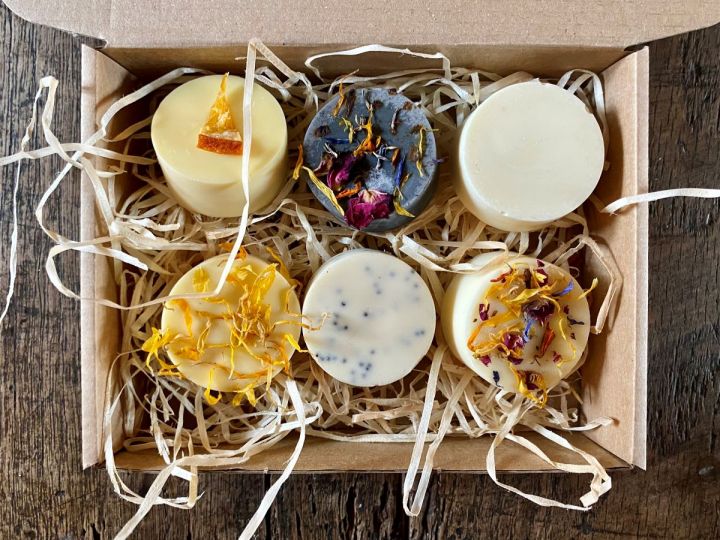Our Grandparents would smile if they could see the comeback that fat, lard and butter has had after all those years of rejection. And, we would be joining in with them. For the last couple of decades, vegetable oil was the IN thing. Why? It sounded healthy, it was appealing, mainstream health organisations were all over this polyunsaturated fat being much better for you and not to forget that people loved the idea that gone were the days where fat made you fat. We may have been off course for a while there, but let's get back to what our ancestors knew best - spread that dripping on your bread because, well, it tastes amazing.
What Is Tallow?
Tallow is rendered beef fat. You may have heard of suet, which is raw fat. Tallow has been cooked and the result is a dry, waxy and stiff texture, contrary to how you may imagine fat. It is malleable and easy to portion off and use. Think of it as lard but with more of a 'beefy' taste and it's actually also better for you nutritionally, which is always great news.
Rendered tallow provides numerous health benefits and is rapidly growing in popularity, being endorsed by the multitude of people following the paleo diet. Influential foodies and local farmers have been quietly enjoying tallow behind the scenes the whole time, let's not keep it a secret anymore.
Health Benefits
So we may have been swept away with 'real' fat being 'bad'. But let's get back to basics. Here are some fact-driven health benefits to using rendered beef fat, or tallow.
- Tallow contains vitamin D which is fantastic for bone health and vitamin A, which supports healthy skin, eyesight and teeth. The high saturated fat content of tallow, it's 50% by the way, means these fat-soluble vitamins will also be better absorbed into the body. Studies have shown that tallow is effective at reducing liver damage when tested on alcoholic rats. Now take that as you will but we will no doubt be enjoying that extra glass of red wine alongside our steak fried in tallow tonight!
- High levels of CLAs. Grass-fed tallow contains high levels of Conjugated linoleic acids or CLAs. Studies show that even a mild to moderate consumption of CLAs have been proven to help prevent breast, lung, skin and stomach cancer, fight inflammation of the lungs, reduce high blood pressure and osteoporosis.
- Consumption of saturated fat, in naturally minimally processed foods such as tallow, contributes to healthy levels of cholesterol to keep your heart healthy.
Additional Merits
We like to get as many perks as possible from all we use in cooking-
- It's freezable. Yes, buy in bulk to make sure you never run out. One quick tip if you are struggling to cut it frozen is to melt it a little with some hot water over the container to make it softer. Then scoop into ice cube moulds before re-freezing.
- It can be stored for a long period of time without refrigeration (keep your tallow in an airtight container to prevent oxidisation).
- It's inexpensive.
- Lastly, and we think most importantly, it tastes incredible. We love cooking with tallow, and we are sure you will too.
How Can I Use It?
You have probably used other animal fats such as goose or duck fat before, we suggest you use tallow in the same way. Next time you are wanting some extra special roasties turn to tallow for incredible, golden, flavour-packed potatoes.
We all love french fries. Heat enough tallow to yield around 4 inches of oil when melted, then pour over hand-cut potatoes and fry until golden.
How about making a simple swap from butter to tallow in your frying pan? Tallow produces delicious results for flash-frying steak as well as cooking sausages or burgers for an extra meaty flavour.
Now you have heard us rave about the wonders of tallow we're guessing you will want to give it a try yourself. Check out our Organic Beef Dripping/Tallow and discover why generations of tradition just cannot be wrong.



